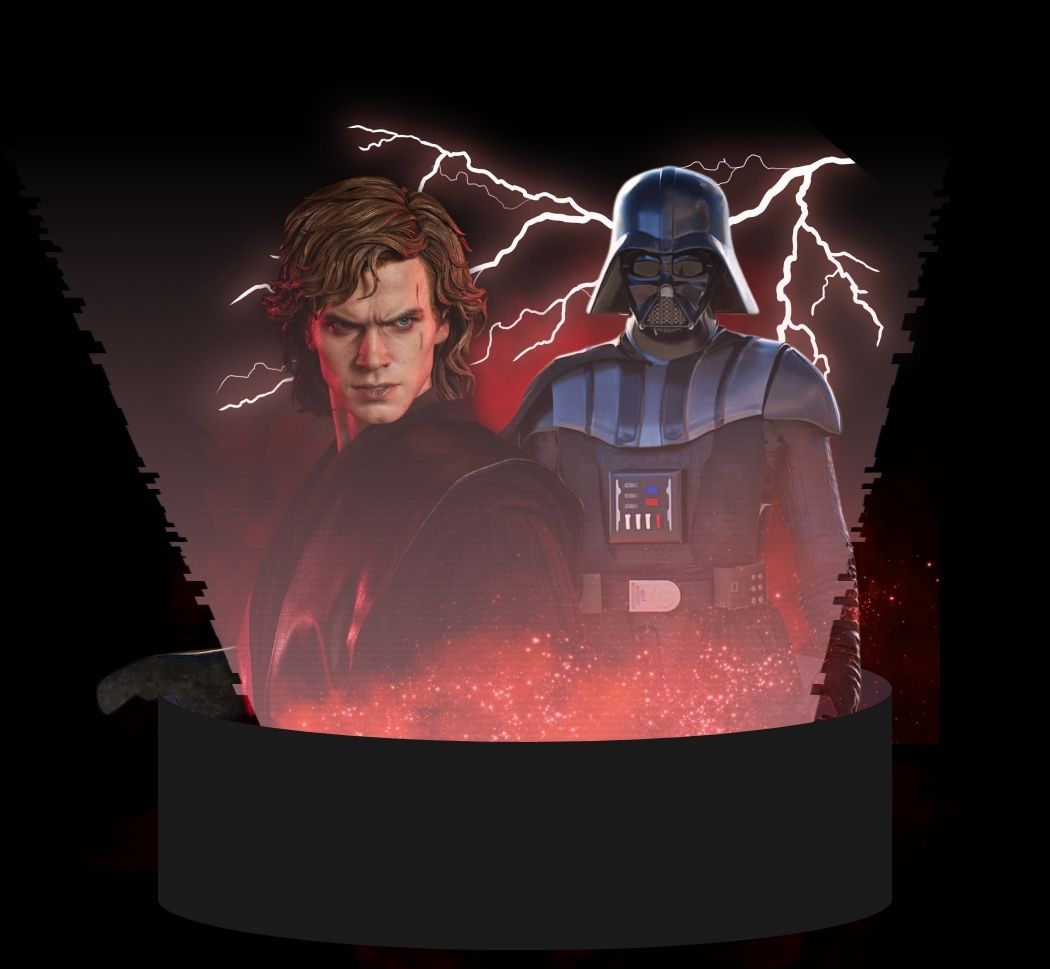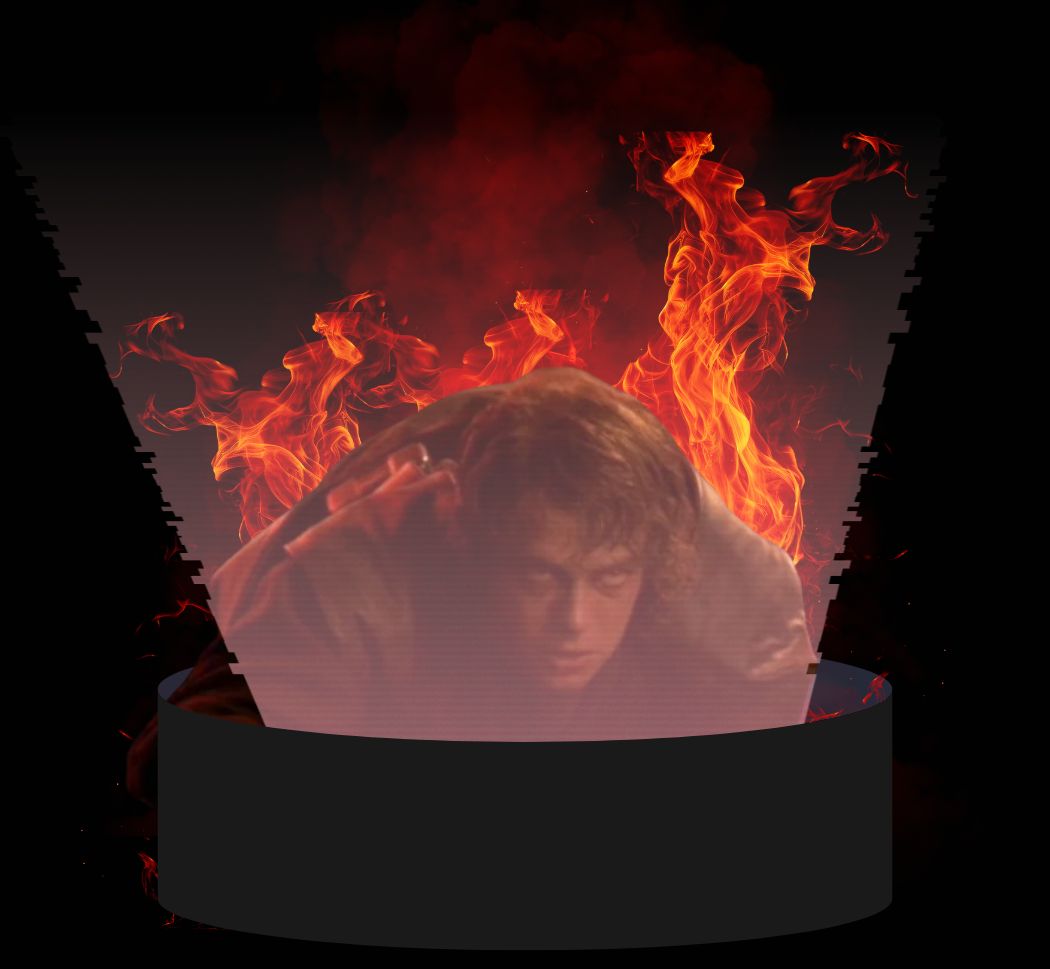Anakin vs Luke Skywalker: If Father and Son Collided Prior to Darth Vader
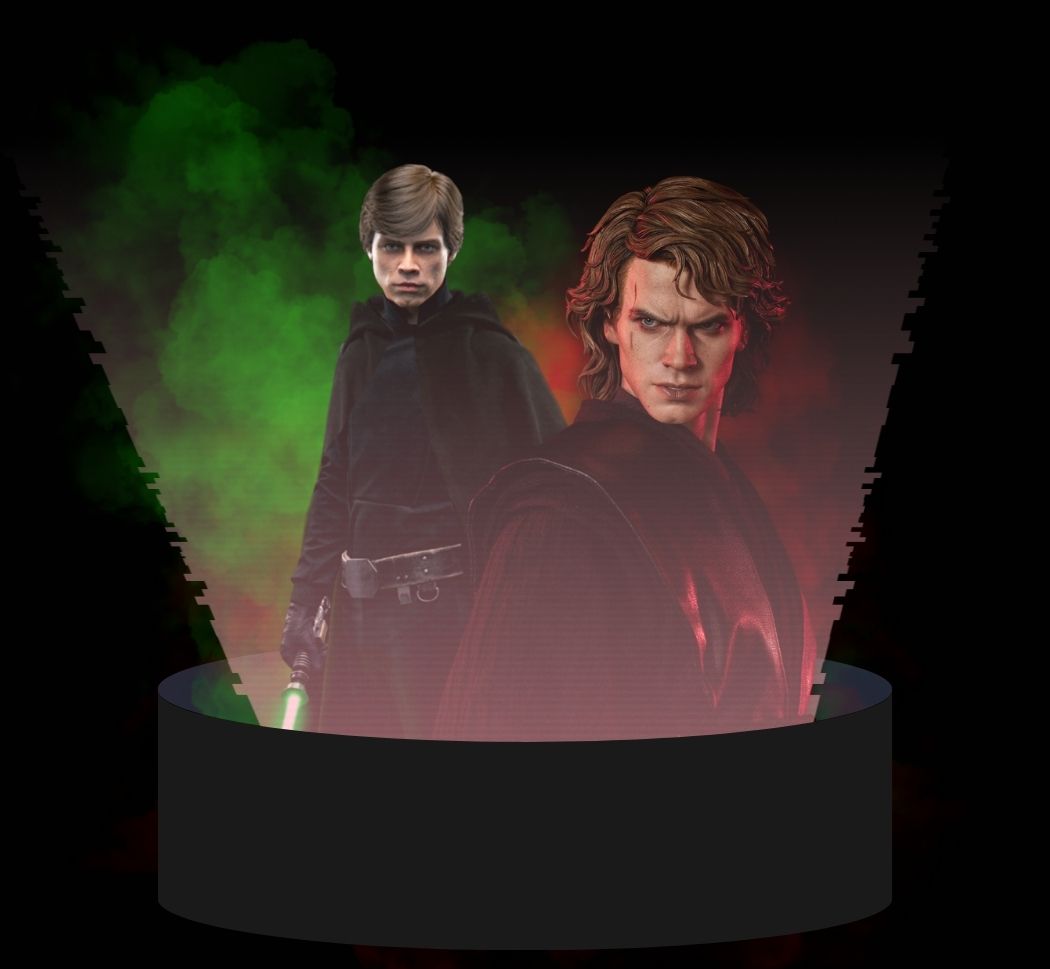
Anakin Skywalker, the Chosen One, rose as a fearless Jedi with unmatched Force potential and aggressive combat mastery. Luke Skywalker, the New Hope, grew from humble beginnings into a wise Jedi Knight defined by compassion, balance, and resilience. Their duels revealed raw power versus tempered control, but Luke’s mercy redeemed Anakin, proving true strength lies in hope.
Anakin vs Luke Skywalker: If Father and Son Collided Prior to Darth Vader
The dynamic between Anakin and Luke Skywalker is unique among Jedi confrontations—not simply a clash between two Force users but a profound, multigenerational saga of father versus son.
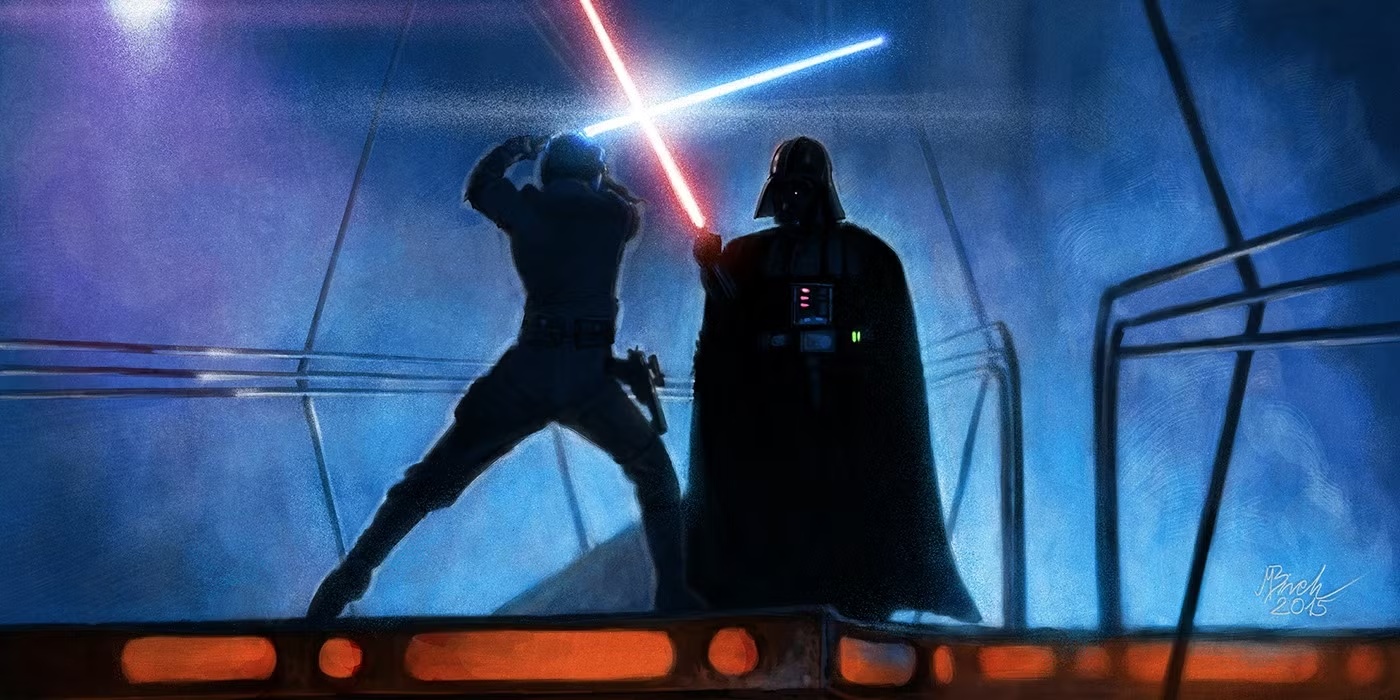
Their relationship adds emotional complexity to their battles, framing them as more than physical duels but encounters loaded with legacy, choice, and hope.
Anakin, the Chosen One, represents a fallen hero burdened by his tragic flaws, whereas Luke, the New Hope, emerges as the redemption arc realized through compassion and resilience.
This article explores their strengths, lightsaber skills, and philosophical contrasts, unpacking not only who was more powerful but what their clashes symbolized within Star Wars lore.
From raw potential versus tempered wisdom, to darkness confronting light, their story is emblematic of the saga’s larger themes. The emotional weight of their encounters captures the heart of Star Wars—the battle for the soul not just of a galaxy, but of a family.
The Rise of Anakin Skywalker
Anakin Skywalker’s journey begins with his discovery on Tatooine as a slave boy exhibiting extraordinary Force potential.
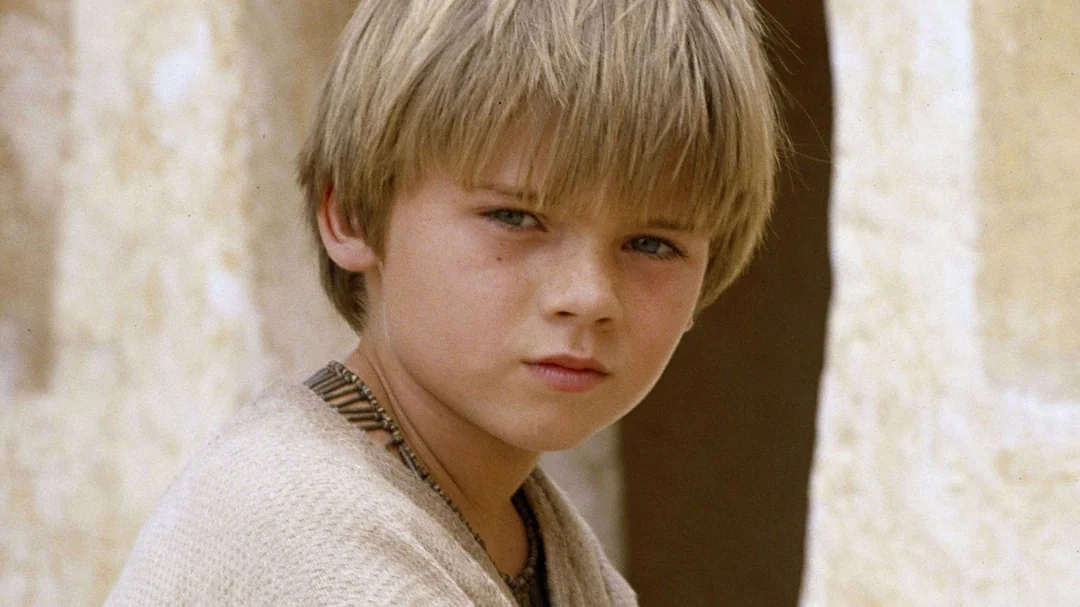
Recognized as the Chosen One destined to bring balance, Anakin quickly rose through the Jedi ranks, displaying a natural affinity that few could match.
His pivotal role during the Clone Wars solidified his reputation: as a heroic general revered across the Republic, a feared and deft duelist capable of taking down formidable opponents, and a legendary leader commanding the notorious 501st Legion. His moniker, “the Hero With No Fear,” reflected both his courage and a relentless drive.
Yet alongside this prodigious talent were seeds of tragedy.
Anakin’s immense potential was shadowed by intense emotional attachments and vulnerabilities, most notably his fear of loss and tendency toward impulsive decisions.
These flaws would prove fateful, revealing the complex nature of a hero who wielded great power but struggled profoundly within himself. Anakin remains the embodiment of potential entwined with profound, human imperfection.
The Making of Luke Skywalker
In stark contrast, Luke Skywalker’s story begins humbly in the remote deserts of Tatooine, raised as a farm boy far removed from the complexity of galactic conflict.
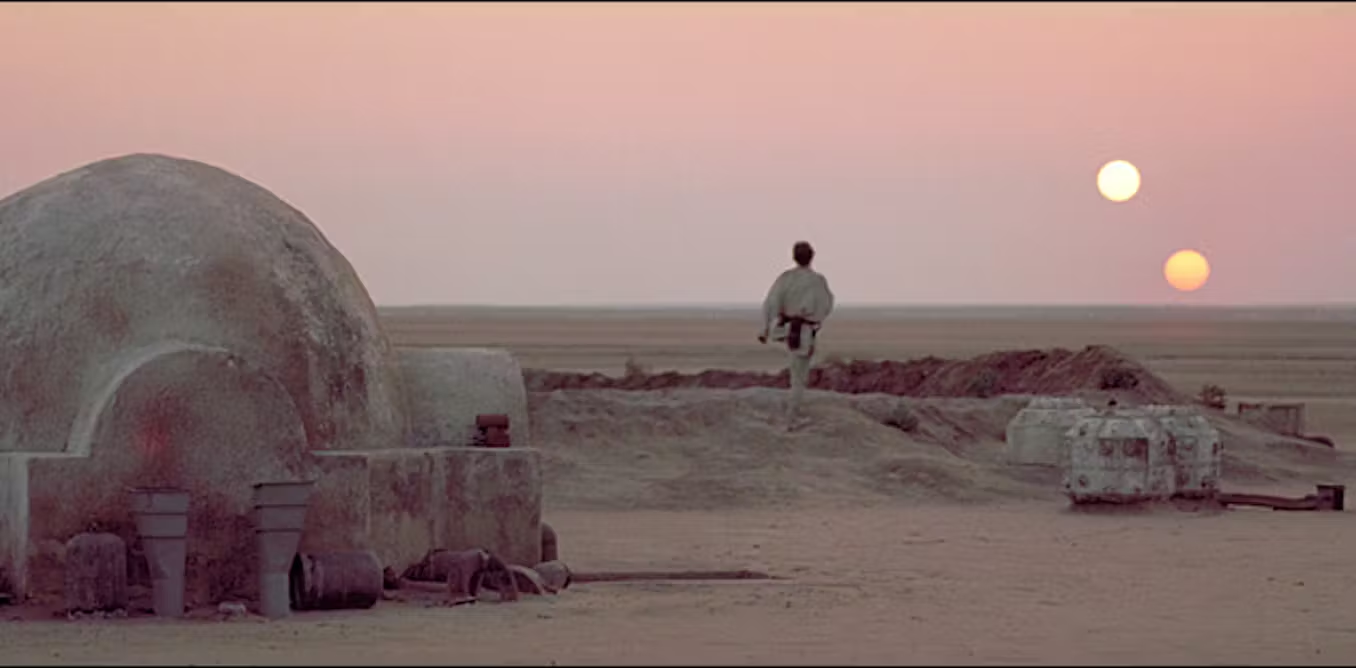
His path to becoming a Jedi Knight was gradual and marked by trials of self-doubt and discovery.
Under the guidance of the aged Jedi Obi-Wan Kenobi and later the wise Yoda, Luke’s training unfolded with a deliberate focus on learning restraint, compassion, and balance.
Unlike Anakin’s rapid ascent, Luke’s development was tempered by uncertainty, shaping him into a thoughtful and introspective warrior.
Luke’s iconic lightsaber duels against Darth Vader on Bespin and Endor represented more than physical confrontations; they were crucibles shaping his identity and resolve.
These battles were milestones in his growth from an inexperienced youth to a mature Jedi embodying hope, patience, and forgiveness. Luke’s defining traits—compassion and the ability to wield power without succumbing to darkness—make him the embodiment of the saga’s optimistic spirit.
Comparing Force Powers
Before diving into their individual Force capabilities, it is important to contextualize the sources of their power and how their philosophies shaped their use of the Force.
Anakin’s powers were marked by sheer potential and raw energy, often unrestrained and propelled by his emotions. Luke, on the other hand, developed his abilities more gradually, with a focus on balance and inner calm, enabling him to resist the allure of the dark side.
Anakin Skywalker
Anakin is often cited as the most powerful Jedi ever, his Force potential considered nearly limitless.
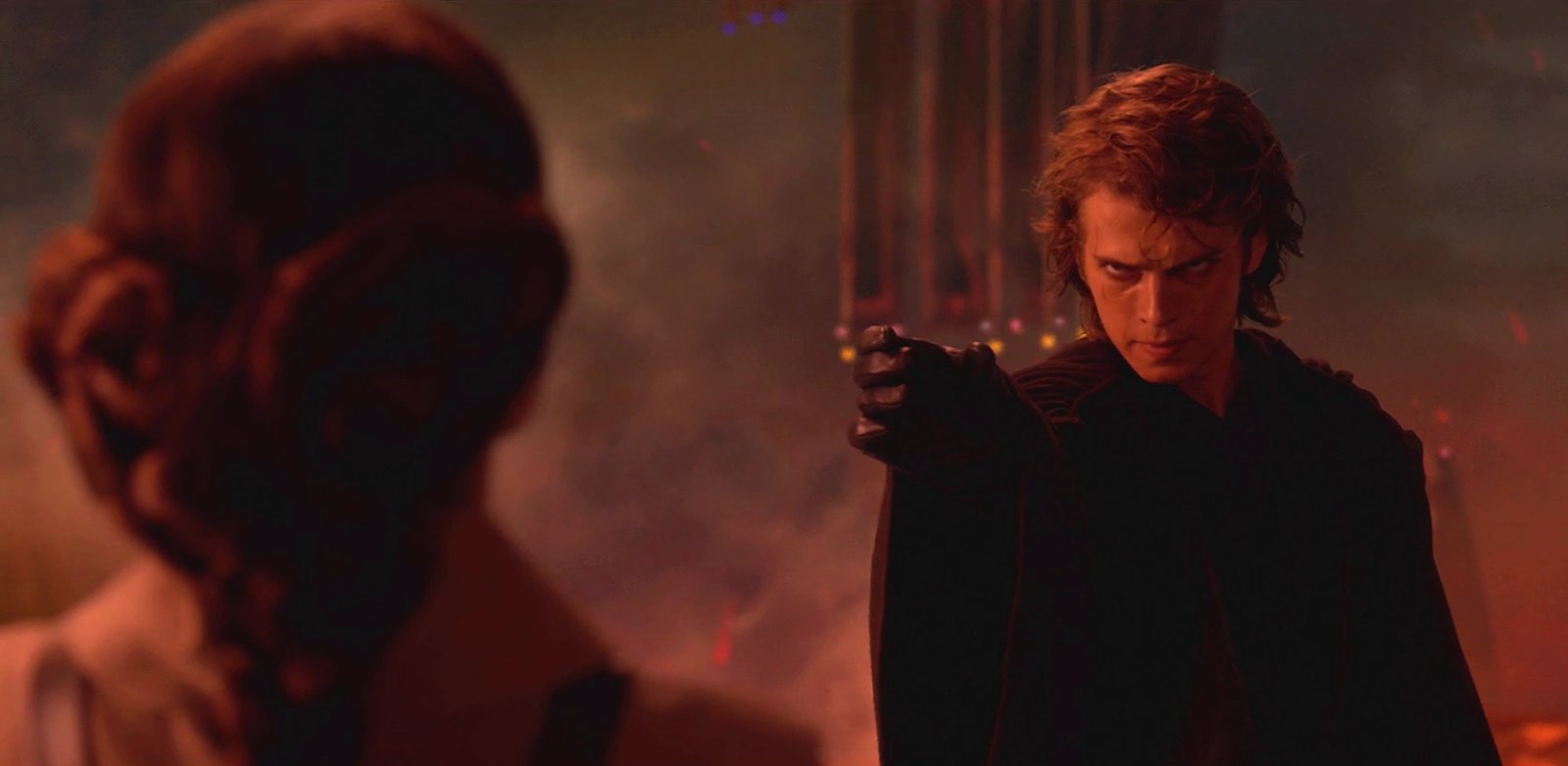
During the Clone Wars, he demonstrated remarkable feats: enhanced reflexes so swift they seemed superhuman, battle precognition allowing him to anticipate enemy moves, and devastating telekinetic strength capable of turning the tide of massive battles.
His connection to the Force was deeply tied to his emotions, which while giving him great power, occasionally caused lapses in control and judgment fueled by impulsive fear and anger.
Luke Skywalker
Unlike Anakin’s innate and unchecked potential, Luke’s Force abilities matured later in life under rigorous mentorship.
He honed his mastery of telekinesis, far-sight precognition, and developed a calm, centered connection to the Force, embodying balance.
Perhaps his most unique strength was his profound ability to resist the dark side’s temptation, grounded in empathy and compassion rather than dominance.
His powers were less about brute strength and more about a deep spiritual harmony, distinguishing him philosophically and tactically from his father.
Lightsaber Combat and Styles
The contrast between Anakin’s and Luke’s lightsaber combat styles further illustrates their differing approaches to the Force and battle.
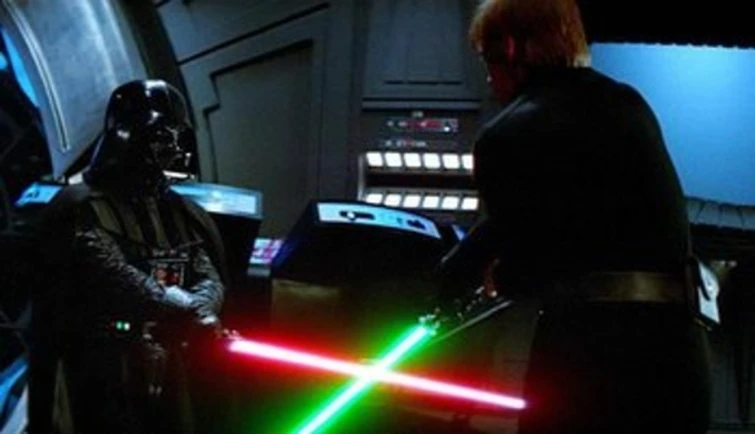
Anakin’s style was aggressive and overwhelming, thriving on offensive power and speed, while Luke’s approach evolved from inexperience to balanced control that married power with thoughtful restraint.
Anakin’s Lightsaber Mastery
Anakin favored Form V (Shien/Djem So), characterized by aggressive and relentless strikes designed to overpower opponents quickly.
He combined this with exceptional agility, weaving in aspects of the acrobatic Form IV (Ataru) when advantageous. His combat prowess was showcased in legendary duels with formidable adversaries such as Count Dooku, Grievous, and Obi-Wan Kenobi.
Anakin’s style emphasized offense and strength, reflecting his bold personality and his need to dominate the battlefield.
Luke’s Lightsaber Evolution
Beginning as a somewhat clumsy, largely self-taught duelist, Luke’s early training with Obi-Wan was minimal, and his first encounters with battle were marked by uncertainty.
However, his skills matured substantially by Return of the Jedi, where he displayed a more disciplined and balanced style.
Luke’s dueling evolved to blend raw power with precise control, exemplified by his duel losses and victories against Vader on Bespin and Endor, respectively.
His style’s evolution reflected his inner growth, combining strength with restraint and compassion.
Strengths and Weaknesses
Both Anakin and Luke possess formidable strengths and notable vulnerabilities shaped by their personalities and experiences.
Understanding these facets is key to appreciating what made each a legendary figure in their own right.
Anakin’s strengths include his extraordinary raw talent, lightning-fast speed, physical prowess, and innate combat genius.
He possessed an instinctive understanding of warfare and lightsaber combat, enabling him to take on multiple adversaries and succeed.
Yet his confidence bordered on arrogance, and his impatience often led to reckless decisions. His emotional volatility, especially his fear-driven attachment to loved ones, made him susceptible to manipulation and ultimately led to his tragic fall.
Luke’s strengths lay in his calm demeanor, deep compassion, and ability to see beyond immediate conflict to envision redemption and hope. These qualities allowed him to resist the dark side’s pull and approach battles with a measured mindset.
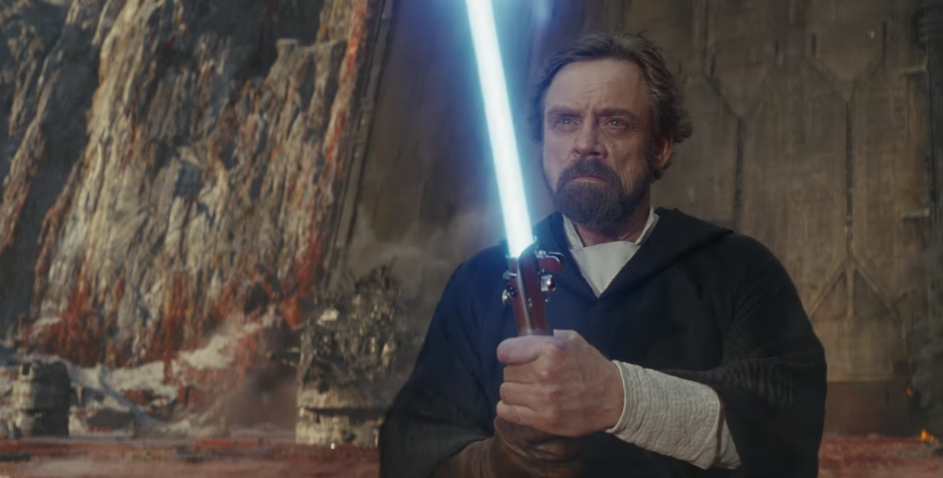
However, Luke’s journey was hindered by inexperience and moments of self-doubt, which slowed the development of his skills.
His later mastery, especially as a Jedi Master post-original trilogy (and in expanded stories), revealed his potential for great wisdom and power masked by earlier vulnerabilities.
Their Canonical Duels
The canonical duels between Anakin (as Darth Vader) and Luke are not just physical battles; they are symbolic confrontations revealing the evolution of their relationship and the Force itself.
The first major duel on Bespin in The Empire Strikes Back highlights Vader’s dominance, showcasing Luke’s inexperience and impetuousness.
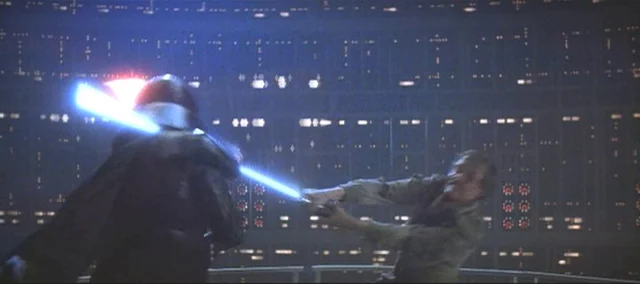
This battle teaches Luke humility and the heavy cost of his path while deepening the narrative tension between father and son.
Their second confrontation in Return of the Jedi on the Death Star II marks a dramatic turning point.
Luke has surpassed Vader in skill and Jedi maturity but chooses mercy instead of victory by refusing to strike down his father. This act of compassion leads to Anakin’s redemption, a powerful thematic moment emphasizing hope and the enduring light within darkness.
Each duel embodies the shifting power dynamics and reinforces Star Wars’ central messages about the Force and family.
Hypothetical Matchups: Anakin vs Luke at Their Peaks
Speculating a contest between Anakin at his Clone Wars peak and Luke at his peak Jedi Master status (as seen in both canon and Legends) provides a fascinating lens to compare raw power against wisdom.
Anakin’s unparalleled natural abilities and tactical ferocity might give him the edge in sheer physical combat and speed, representing the apex of youthful talent and raw Force potential.
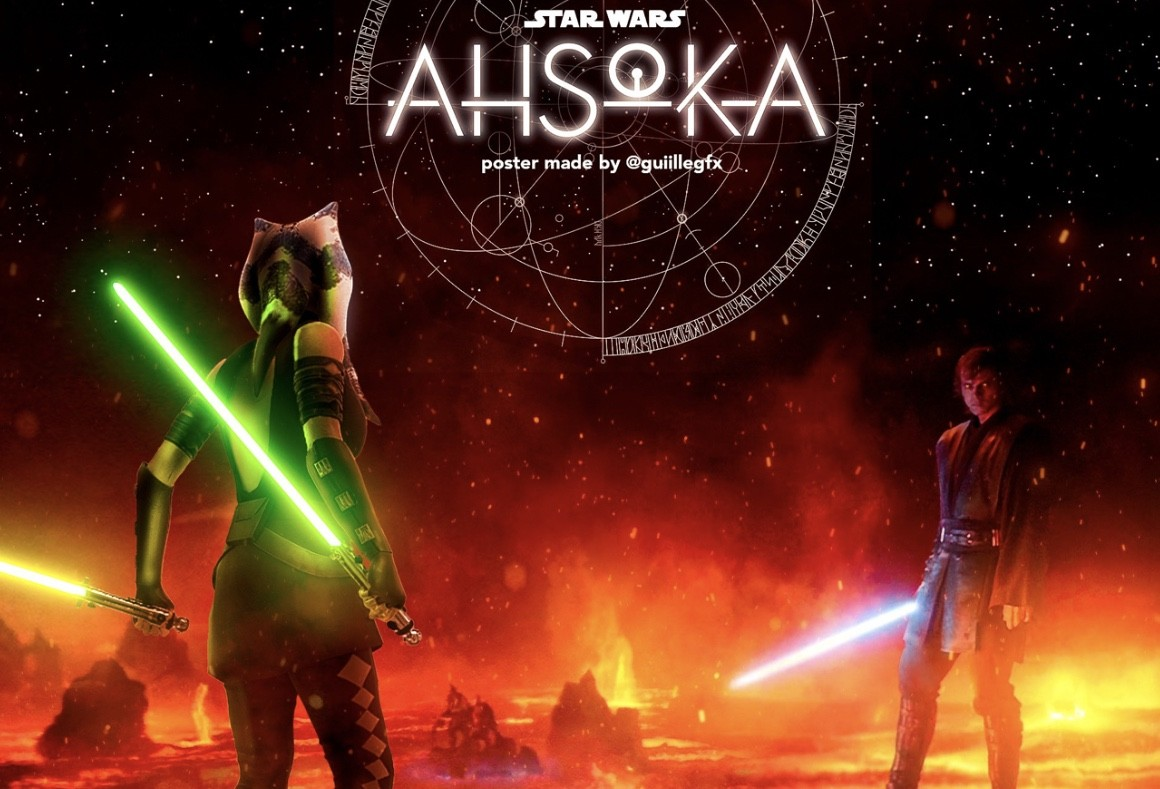
Luke, however, embodies a more balanced and mature approach to the Force, combining power with emotional control and strategic acumen. Especially in Legends narratives, Luke achieves a near-mystical connection with the Force, enabling him to anticipate and counter powerful attacks.
The debate between raw potential and deep wisdom continues to divide fans: Anakin’s unmatched strength faces Luke’s deeper harmony and patience, making the outcome uncertain and dependent on the battle’s context and mindset.
The Philosophical Divide: Anger vs Compassion
The conflict between Anakin and Luke also underscores a profound philosophical divide. Anakin’s journey is marked by a desperate need for control and order born from his fear of loss and inner turmoil.
His turn to the dark side reflects how anger and pain can twist power into domination and destruction, embodying the tragic consequences of unchecked emotion.
Conversely, Luke fights not just with strength but with hope, empathy, and unwavering compassion. His resistance to the dark side is rooted in understanding and restraint, reflecting a generational shift from failure to renewal.
Their struggle dramatizes the eternal clash between fear and love, anger and forgiveness—each representing different but equally powerful approaches to wielding the Force.
Legacy of Father and Son
Anakin’s tragic fall and transformation into Darth Vader set the stage for the entire Star Wars saga’s exploration of redemption and hope.
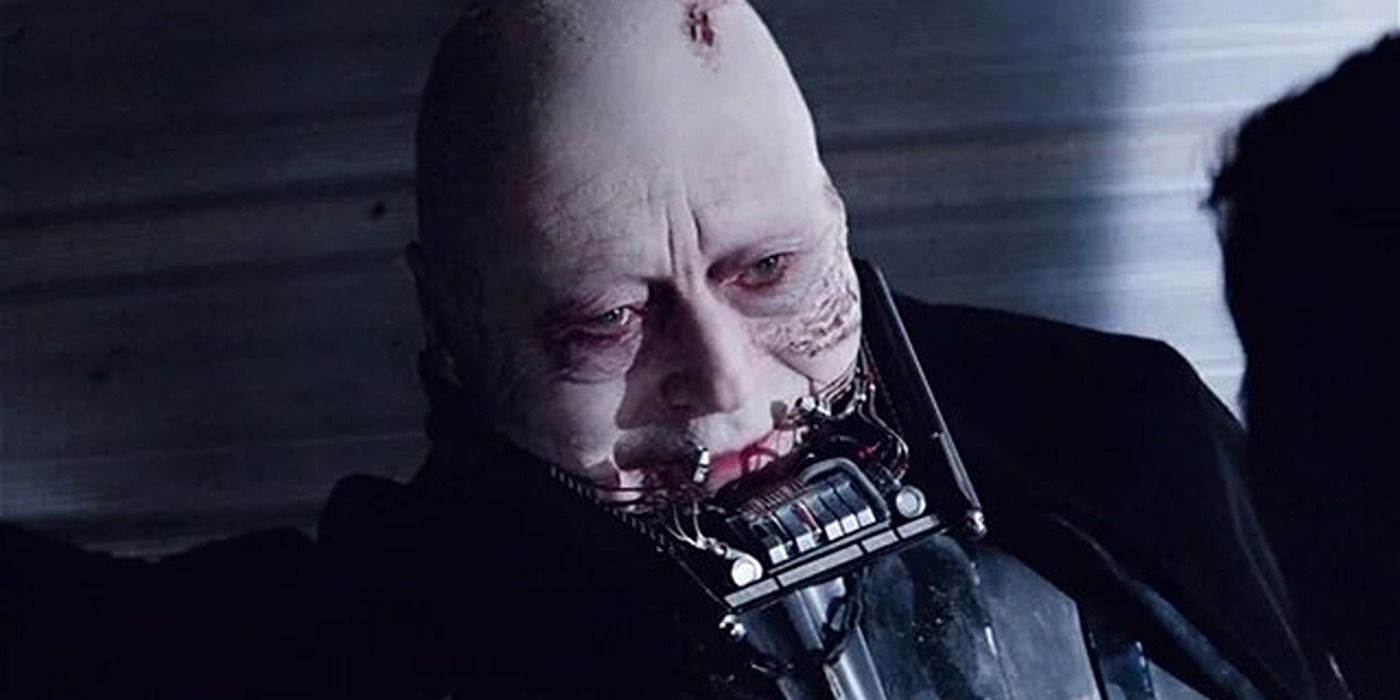
Crucially, it is through Luke’s intervention and love that Anakin finds redemption, affirming that salvation is possible despite past darkness. They are intertwined legacies—one’s failure becomes the other’s mission.
Luke’s greatest triumph lies not merely in defeating Vader but in saving Anakin’s soul, reaffirming the saga’s core message that love and hope outweigh fear and power.
Together, they represent the cyclical nature of fall and redemption, illustrating how family bonds and compassion can transcend even the deepest wounds and shape the fate of a galaxy.
Conclusion: Who Truly Wins?
When viewed purely as combatants, Anakin and Luke each hold moments of dominance and vulnerability, making it difficult to declare an outright victor. Yet the true winning moment transcends lightsaber battles, resting in Luke’s compassion that ultimately redeems his father.
Their duel represents not only a physical contest but an enduring choice between darkness and light.
Ultimately, the story of Anakin and Luke is less about rivalry and more about salvation—the victory of hope and love over fear and power.
Their intertwined fates remind us that true strength lies not just in skill or power but in the courage to forgive and choose the light, leaving an unforgettable legacy at the heart of the Star Wars mythos.








